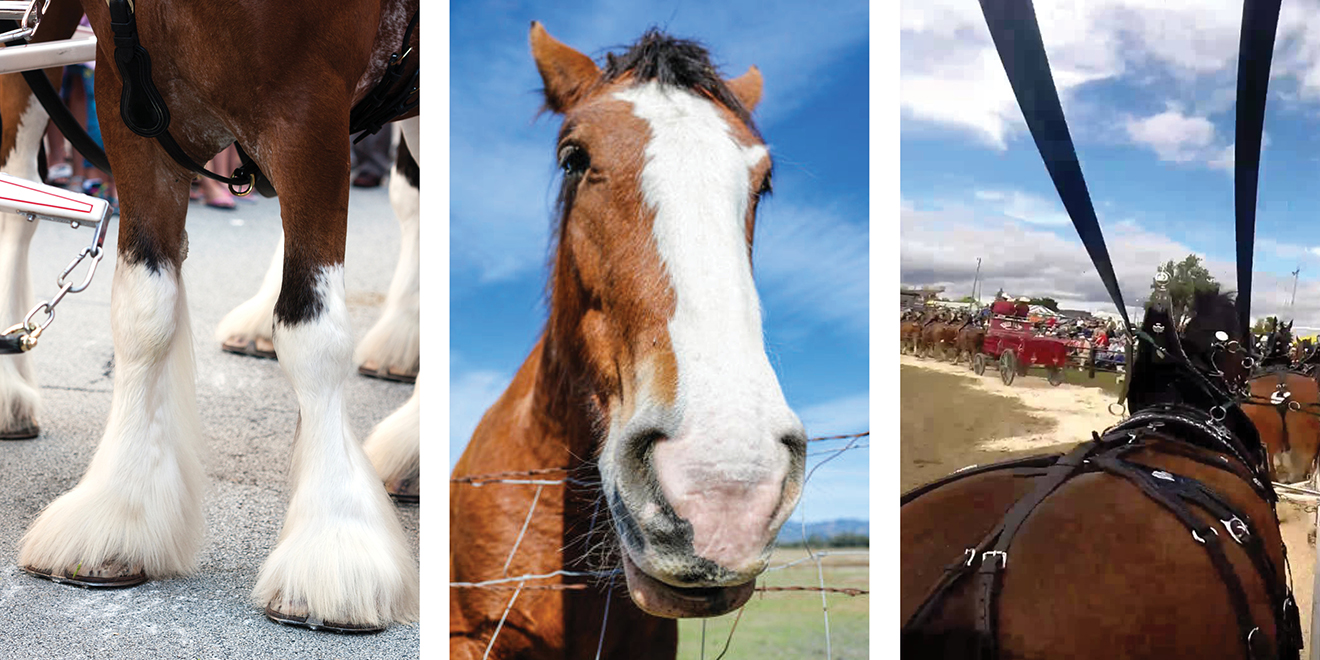Using a commercial to take on a devastating incident of domestic terrorism isn’t usually the sort of thing any brand would do. Unless, of course, that brand has some Clydesdales in the barn.
Most Americans probably can’t recall a single thing about the 2002 Super Bowl—except, perhaps, for a single commercial. It was a Budweiser ad, one that Anheuser-Busch Global Creative’s then evp Bob Lachky later admitted was a “risk we took. 9/11 had occurred only two months prior to the airings.”

The Clydesdales—the long hitch of draft horses that pull the shiny red wagon stacked with beer crates—have appeared at parades and festivals, at football games and presidential inaugurals, and—right about now—on the snowy, feel-good holiday TV spots that Budweiser has run since the 1970s. The Clydesdale horses are possibly the most successful living marketing tool in the history of American industry.
“The Clydesdales really are the symbol of Budweiser’s heritage and tradition,” said vp, beer category and community Julia Mize. “They’re the face of the Budweiser brand and an icon for the American people.”

They have been for 84 years. It all started in 1933, when the 21st Amendment ended 13 years of Prohibition that had gravely wounded the Anheuser-Busch brewery. To celebrate the return of legal suds, August Busch Jr. and Adolphus Busch gave their father a six-Clydesdale hitch (complete with a beer wagon)—a gift that moved the elder Busch to tears and became the believed origin of the idiom “crying in your beer.” Though the big horses would occasionally deliver bottles of lager to bars and restaurants—and, in fact, still do—their role has always been ceremonial. Which is also to say, monumental.

A Clydesdale must stand 18 hands (at least 6 feet tall) and weigh 2,000 pounds to make the Budweiser team, so a full hitch (12 tons total of horse and wagon) can’t help but make lasting impressions. “The Clydesdales,” Mize said, “are showstoppers.”
Of course, nobody’s more aware of this than the people at corporate, which spares no expense on the horses. To efficiently dispatch the Clydesdales across the country, Budweiser maintains stables in Fort Collins, Colo.; Merrimack, N.H.; and St. Louis. At the latter, the horses live in an immaculate barn, which was built in 1885 and is adorned with stained-glass windows. Though it takes three 50-foot tractor-trailers to get just one team to an appearance, the Clydesdales manage to make 300 bookings a year.
Few of those, however, achieved the lasting cultural impact of that 2002 Super Bowl spot, which not only witnessed the magisterial trot of the team up to the Statue of Liberty—it ended with the horses actually kneeling. It took 45 days to train a special team of “hero horses” to do this. There were few dry eyes among the 87 million people watching that night.
Crying in your beer, indeed.









